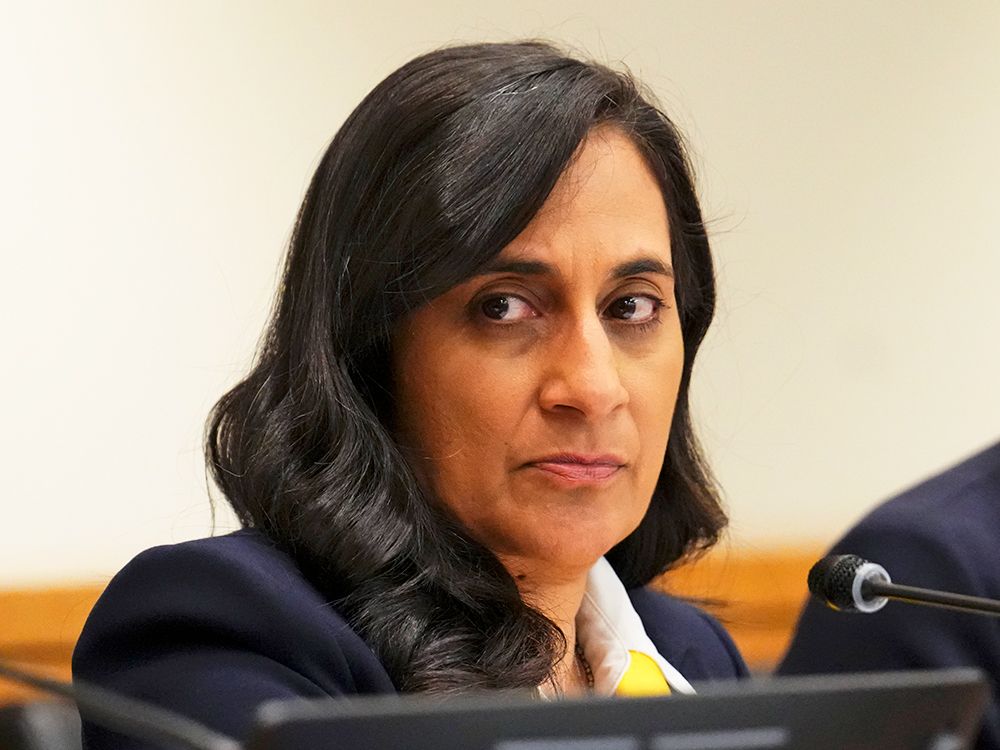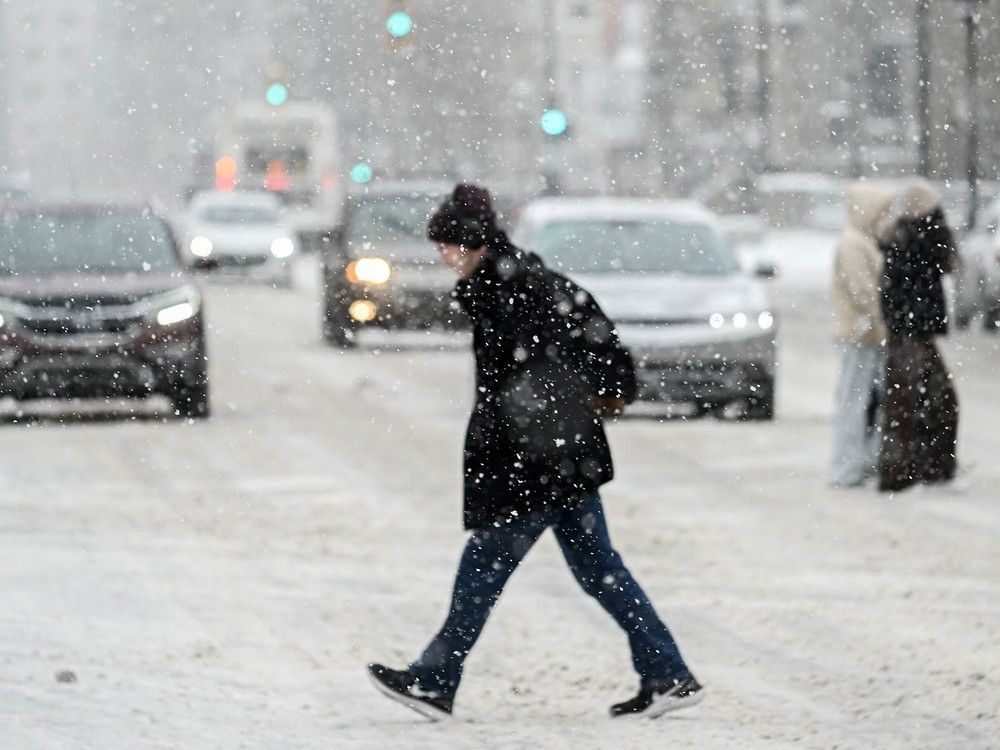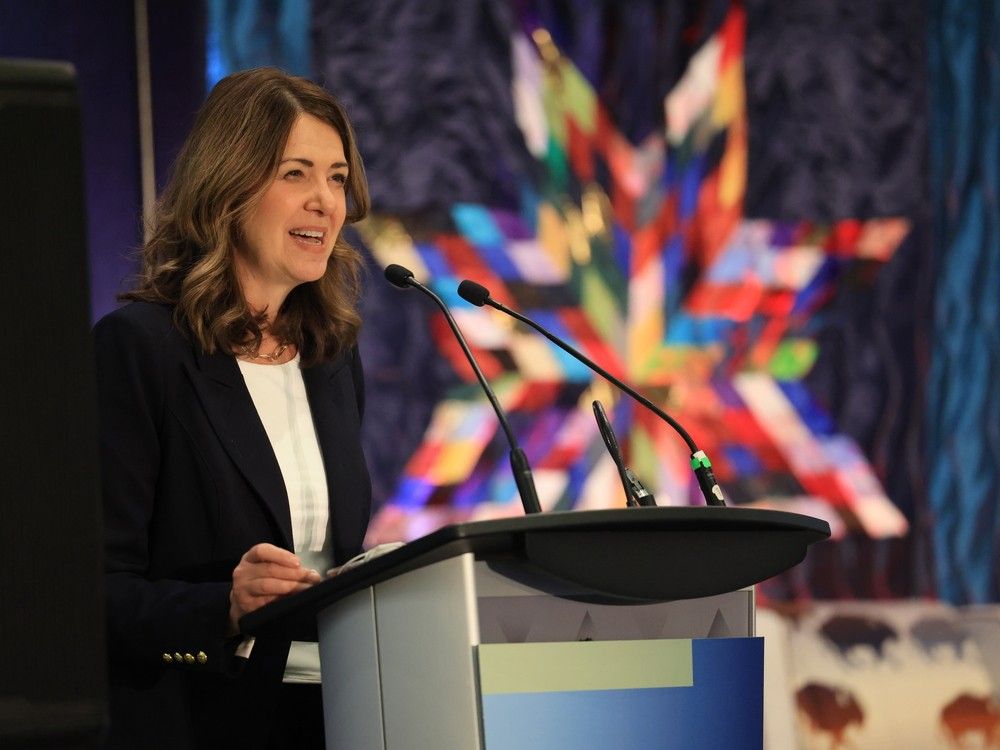
OTTAWA — Natural Resources and Energy Minister Tim Hodgson says he reached out to apologize to Coastal First Nations in British Columbia after suggesting they could meet with him over Zoom to discuss their concerns about Alberta’s proposal to build a new bitumen pipeline to the West Coast.
The exchange happened during a TV interview with Hodgson, who is Carney’s point person in the cabinet for major projects, when the minister was asked on Thursday about meeting with the leadership of the Coastal First Nations, which represents eight nations along B.C.’s coast, as well as the Haida Gwaii islands, home to the Haida Nation.
CBC News Power and Politics’ host David Cochrane raised concerns from the Coastal First Nations that its president was unable to travel to a meeting with the minister in Vancouver after an invitation that arrived on short notice.
“It’s called Zoom,” Hodgson said, smiling while he added to the host who was conducting the interview virtually, “I think that’s what we’re using, David.”
By late Friday, the minister took to X to apologize.
“My comments last night about a virtual meeting with Coastal First Nations were a poor choice of words, which I regret,” Hodgson wrote. “I have reached out to them directly to apologize and look forward to an in-person meeting at their convenience.”
In her own statement, Coastal First Nations President Marilyn Slett, who is also elected chief of the Heiltsuk Nation, called the minister’s comments “deeply disrespectful,” saying they show “a complete lack of understanding of our communities.”
She went on to say that Coastal First Nations have worked with different B.C. and federal governments on different initiatives across the Great Bear Rainforest that protect the ecosystem, create jobs and contribute to Canada’s economy.
“We can only continue that work if we have productive relationships, grounded in respectful dialogue,” Slett said. We expect better from this government moving forward.”
Hodgson’s apology comes as Prime Minister Mark Carney’s government deals with political fallout from a new deal struck with Alberta Premier Danielle Smith to pave the way for construction of a new oil pipeline to B.C.’s northwest coast.
While Carney has touted the plan as an important step in his pledge to transform the country into an “energy superpower” and also secured a commitment from Alberta to strengthen its industrial carbon tax, some B.C. Liberal caucus members have expressed concern about the plan, including over how both B.C. Premier David Eby and Coastal First Nations were not consulted beforehand.
The Coastal First Nations have vocally opposed the government’s openness to the potential lifting of an oil tanker ban off B.C.’s coast, saying in a statement after the deal with Alberta was released, that they “will never allow our coast to be put at risk of a catastrophic oil spill.”
Former Liberal minister Steven Guilbeault, who served as environment minister under Trudeau, resigned in protest over the deal, also citing concerns about the lack of consultation with both B.C. and the region’s Indigenous rights-holders.
Coastal First Nations invited Hodgson back in mid-October to meet by the end of the month to discuss their concerns over the pipeline proposal.
The minister responded, saying he was unable to do so in that time frame, referring its leadership instead to speak with his chief of staff and senior department officials, whom he said he had asked to meet to discuss their concerns.
The minister’s office then reached out on Wednesday, the day before Carney and Smith released their new pipeline pact, to invite Coastal First Nations to meet in Vancouver on Friday, where the minister was set to meet with Eby.
Hodgson is expected to be on hand when the Assembly of First Nations, which represents more than 600 nations across the country, gathers chiefs in Ottawa next week.
The minister’s apology on Friday marks the second one in one week from a key figure of the Liberal government.
Carney himself apologized earlier this week for what he also called a “poor choice of words” when asked by a reporter when the last time he spoke to U.S. President Donald Trump was, to which the prime minister responded by saying, “Who cares?”
— With a file from The Canadian Press
National Post
Our website is the place for the latest breaking news, exclusive scoops, longreads and provocative commentary. Please bookmark nationalpost.com and sign up for our politics newsletter, First Reading, here.


















